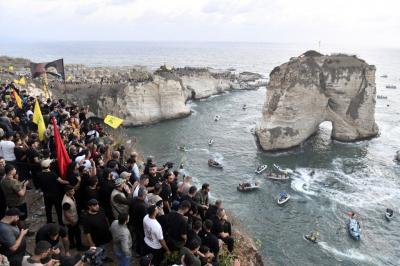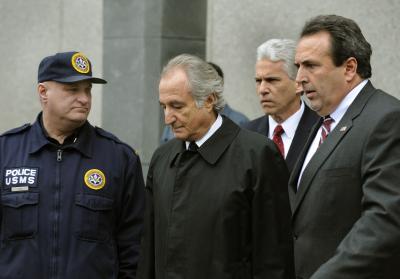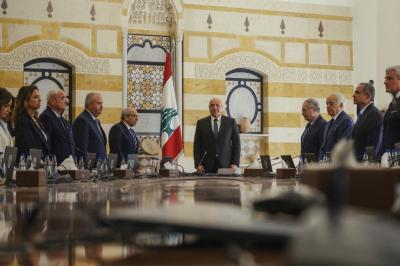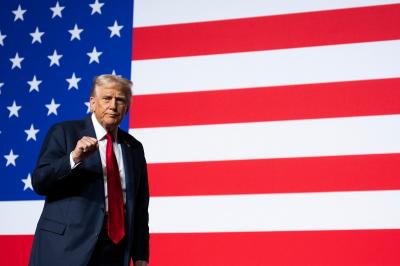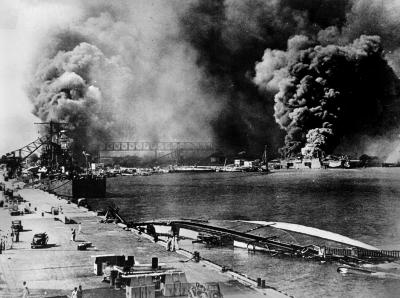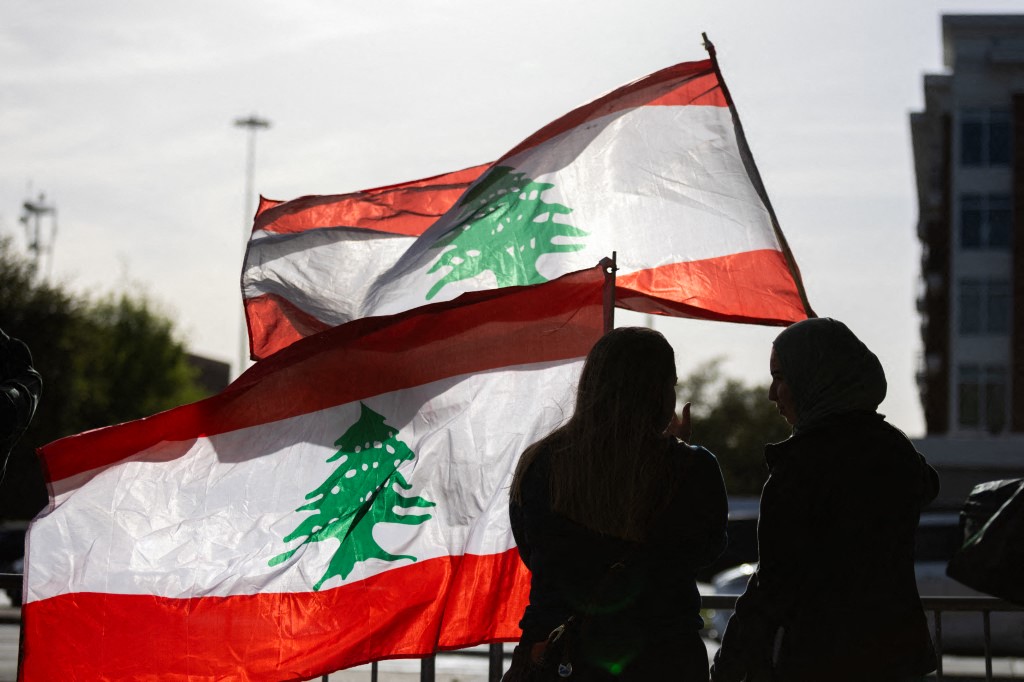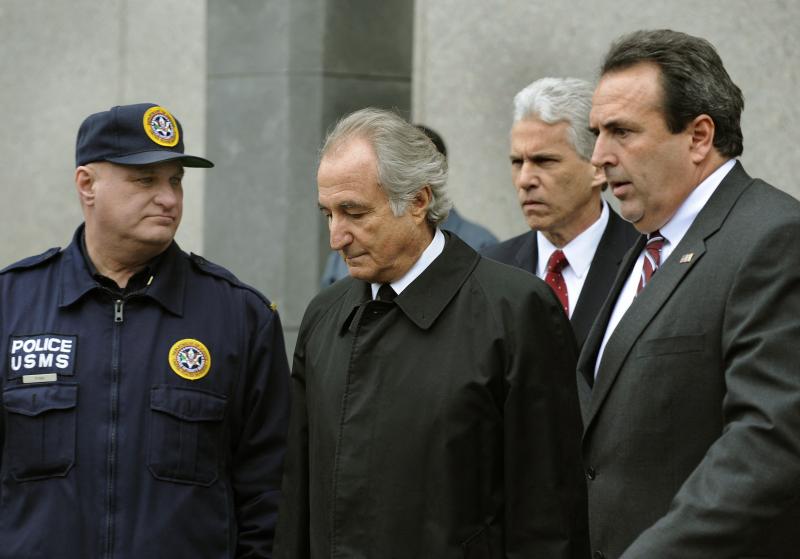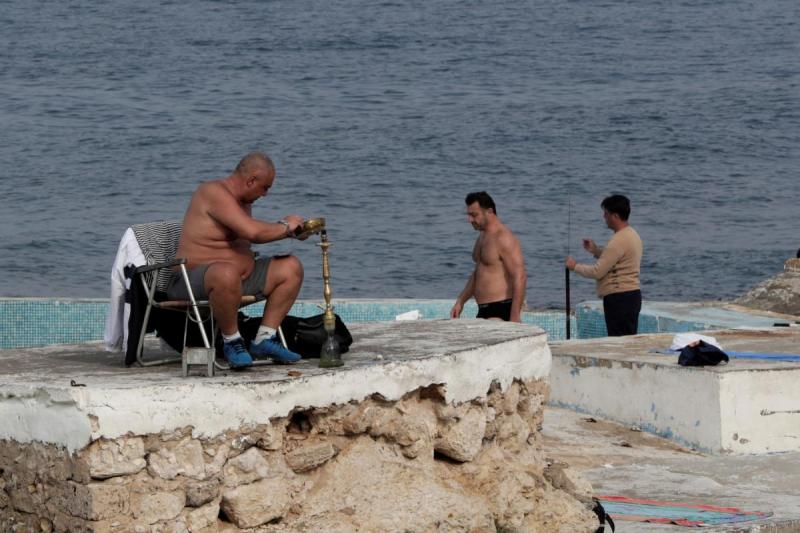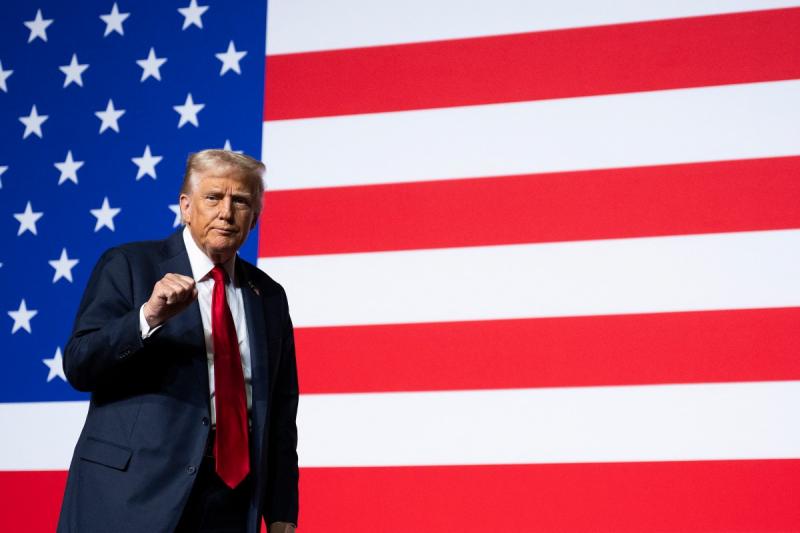The tightly managed political clashes in Parliament at the start of July 2025—and the many confrontations likely to follow, some potentially spiraling out of control—mask a fierce power struggle rooted in the electoral law. Between the proportional representation system in a single nationwide district envisioned by the Taif Agreement—yet impossible to implement without real parties—and hybrid laws tailor-made for warlords and political elites favored during Syria’s tutelage, along with unbalanced administrative divisions and token involvement of Lebanese expatriates under the current Shia political hegemony, every faction is seeking formulas to secure its hold on power at the expense of genuine reform and good governance.
This study proposes a return to the roots of Lebanon’s political system, its historical evolution, the regional dynamics shaping it, and its chronic dysfunctions—culminating in a workable blueprint for the future.
Triumvirate Through History
The Roman Empire experienced two iterations of a triumvirate. The first, in 60 BC, was a pact among Julius Caesar, Pompey, and Crassus; the second, in 43 BC, involved Octavian, Mark Antony, and Lepidus. Each alliance sought to bolster the trio’s individual power at the expense of the empire’s institutions, sidelining the Senate and plunging Rome into two civil wars: first between Caesar and Pompey, then between Octavian and Mark Antony.
In Lebanon, the “Triumvirate” has similarly paralyzed all state institutions.
The Sectarian Framework
Lebanon’s political system is one of the world’s most complex examples of consensual democracy. In practice, it revolves around a sectarian power-sharing mechanism crystalized in an executive “triumvirate”: a Maronite president with diminished constitutional powers, a Sunni prime minister wielding executive authority largely unchecked, and a Shia parliament speaker who has expanded his role to become a partner in executive decision-making in addition to leading the legislature.
This sectarian model, entrenched by the 1943 National Pact and the 1989 Taif Agreement, sustains a fragile balance that prioritizes sectarian consensus over effective governance.
Historical Development of the System
Lebanon’s political edifice is founded on three key documents:
- The 1926 Constitution established a strong executive presidency on a French model.
- The 1943 National Pact, cemented sectarian allocation of top state posts.
- The 1989 Taif Agreement, which shifted executive powers from the president to the Council of Ministers.
Before Taif, the president held supreme executive authority (though rarely exercised it), the prime minister played a secondary role, and the parliament speaker focused on securing his annual re-election. After Taif, the presidency became largely ceremonial, despite language in the agreement naming the president “head of all authorities” and “arbiter” among them. The prime minister emerged as the leader of the government action, while the speaker’s powers expanded, allowing him to overshadow both.
Post-2008 Transformation
After the presidential vacuum that followed Emile Lahoud’s term, the 2008 Doha Agreement entrenched the speaker’s role as an executive partner by granting "Hezbollah" and Amal a “blocking third” (veto power) over cabinet decisions. This institutionalized the speaker’s executive partnership and made critical national decisions based on the “Triumvirate” unanimity.
Mechanisms of Paralysis: Why The Reform Fails?
Since the Doha Agreement, not a single reform project has succeeded. The causes are institutional, economic, and political.
Institutionally, the blocking third stalls cabinet decisions; the speaker’s control over parliament’s agenda freezes legislation; and sectarian quorum rules allow factions to boycott sessions and paralyze institutions.
Economically, Lebanon’s system is deeply clientelist: each sect monopolizes “sovereign” ministries like finance, energy, or interior; 85% of public sector jobs are allocated through sectarian quotas; and privatization has served elites at the state’s expense, as seen in the 2015 garbage crisis.
Politically, the major problem is external dependency—manifested in Iranian funding of "Hezbollah" (around $600 million annually), Saudi support for Sunni elites, and Christian parties’ ties to Western powers.
Paths to Reform: Toward Effective Parliamentary Governance
First: Undertake constitutional restructuring to establish effective oversight of the government and the premiership, enforce genuine accountability, and separate the speaker’s legislative role from executive functions. Replace paralysis-prone sectarian unanimity with qualified majority voting on key decisions.
Second: Gradually dismantle sectarianism by reforming the electoral law to reserve 40% of parliamentary seats for national, non-sectarian districts; ensure merit-based hiring in public administration; phase out sectarian quotas in state employment within 15 years; expand administrative decentralization by empowering municipalities with financial authority for local projects.
Third: Link international aid to reform by channeling reconstruction funds through transparent, cross-sectarian bodies; reform the central bank by conditioning IMF programs on forensic audits; pursue security-sector reform by tying military assistance to disarmament of militias; and overhaul the judiciary to ensure cases do not languish indefinitely or open selectively to target minor offenders while major corrupt actors remain protected by tailor-made laws.
Breaking the Vicious Cycle
The “Triumvirate” embodies a paradox: it maintains fragile stability through sectarian balance yet perpetuates chronic institutional paralysis. Recent developments—such as the 2025 elections and the waning influence of "Hezbollah"—offer a historic opportunity for reform. Achieving this requires constitutional re-engineering to restore separation and cooperation among branches, dismantling clientelist networks through public sector reform, and leveraging international pressure to enforce transparency.
Perpetuating the status quo will only accelerate the state collapse amid crises that exceed the capacity of a system trapped by its own contradictions.
Please post your comments on:
comment@alsafanews.com
 Politics
Politics
